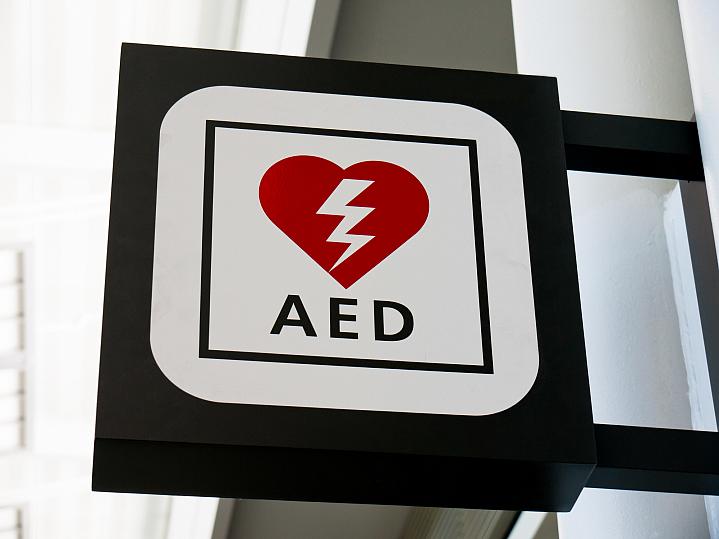Health Capsule
Bystanders Can Save Lives During Cardiac Arrest
 An automated external defibrillator, or AED, can save the life of someone who has suddenly collapsed and lost consciousness. nazdravie/iStock/Thinkstock
An automated external defibrillator, or AED, can save the life of someone who has suddenly collapsed and lost consciousness. nazdravie/iStock/ThinkstockHave you noticed an AED device in an airport or other public place? An AED is an automated external defibrillator.
You can use this portable device to quickly shock someone’s heart and try to save their life if they collapse, have no pulse, and stop breathing. This condition is known as sudden cardiac arrest.
If a cardiac arrest isn’t treated within minutes, the person will usually die. When the heart stops beating, blood and oxygen can’t get to the brain. The brain can’t function long without oxygen.
A recent study of people who had cardiac arrest found that bystanders can help save lives if they use an AED while waiting for emergency medical services. Each year, experts estimate, more than 18,000 Americans have a shockable cardiac arrest that occurs in public with witnesses.
If you think someone is having a cardiac arrest, call 911. While you wait for emergency medical services to arrive, you can do CPR (cardiopulmonary resuscitation) and use the AED device.
After you apply two electrode patches to the person’s chest, the AED will check the heart rhythm. If a shock to the heart is needed, the AED will deliver the shock. The shock can restore a normal rhythm.
“We estimate that about 1,700 lives are saved in the United States per year by bystanders using an AED,” says Dr. Myron Weisfeldt of Johns Hopkins University. “Unfortunately, not enough Americans know to look for AEDs in public locations, nor are they trained on how to use them.”
For those who want to learn CPR and how to use an AED, training is easy. You can contact groups like the American Heart Association or the American Red Cross to sign up.
NIH Office of Communications and Public Liaison
Building 31, Room 5B52
Bethesda, MD 20892-2094
nihnewsinhealth@od.nih.gov
Tel: 301-451-8224
Editor: Harrison Wein, Ph.D.
Managing Editor: Tianna Hicklin, Ph.D.
Illustrator: Alan Defibaugh
Attention Editors: Reprint our articles and illustrations in your own publication. Our material is not copyrighted. Please acknowledge NIH News in Health as the source and send us a copy.
For more consumer health news and information, visit health.nih.gov.
For wellness toolkits, visit www.nih.gov/wellnesstoolkits.



